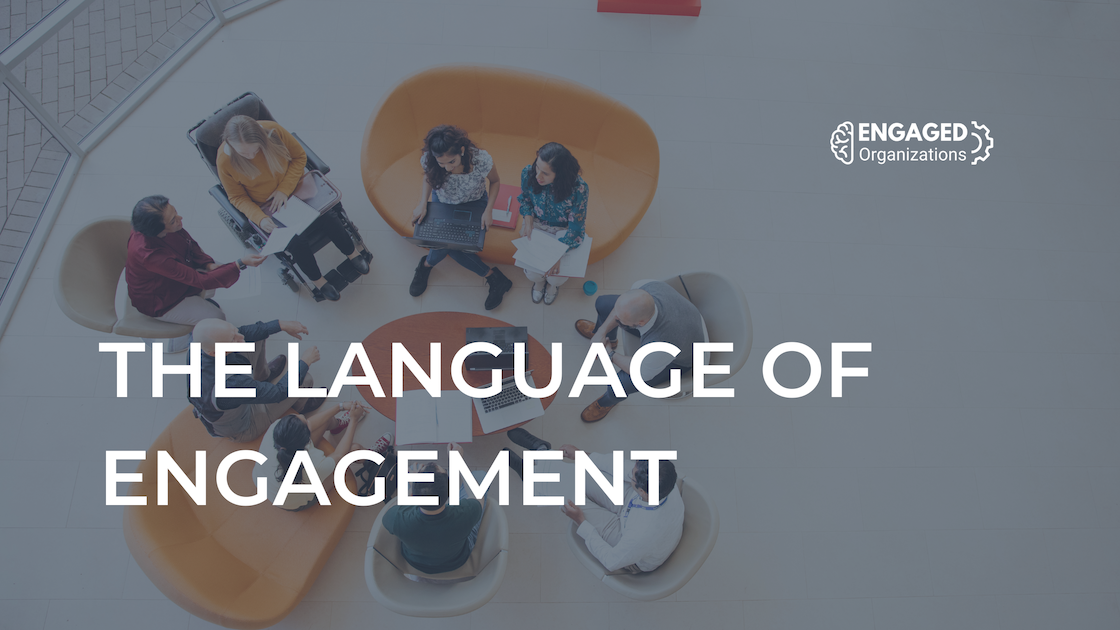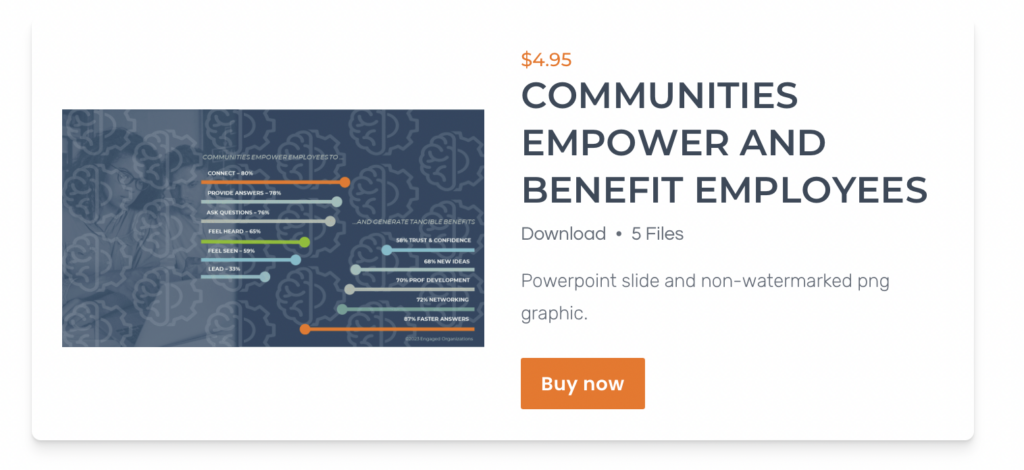The Language of Engagement is a communication style that invites response, collaboration, and different perspectives. It is common in education, non-profits, and therapy but used much less frequently in work and business environments. In fact, many best practices in corporate communications, leadership development, and business schools discourage it in favor of declarative language that makes dialog feel challenging or even confrontational.
In most business communications, the emphasis is on being declarative and crafting a well-thought-out and complete thought. Whether that is an email, a presentation, or a press release, we try not to leave things unsaid or vague. But perfection is the enemy of engagement. The more complete your thought, the less other opinions and input are needed.
Best practices in business communication create significant barriers to collaboration; many don’t even see the issues.
The Language of Engagement is Personal
Executives addressing HR issues always want to find solutions that “scale,” but people don’t operate like machinery. People are dynamic and constantly changing; what we need in one moment differs from what we need in the next. Providing a static solution to a dynamic problem provides no solution at all. Relationships and trust are critical because they create the context for understanding and responding to language and meaning. It’s why getting Happy Birthday notifications on LinkedIn rings hollow; it’s technical anthropomorphism, and it removes most of the meaning. Technologists often get this wrong, which is why AI is a poor replacement for authentic dialog.
If I wanted to demonstrate care in the workplace, it would look something like this, with appropriate follow-up:
Implicit in the language of engagement are the following behaviors:
Too often, in work environments, we ignore, tell, judge, mandate, demand, assume a lack of commitment, leave others to struggle, solve problems for others instead of with them, and compete. If those behaviors are combined with a power imbalance, they discourage and intimidate people and decrease engagement. This is one reason why communities of peers with fewer power imbalances are so powerful and effective at empowering and engaging employees.
The challenge for those in positions of authority is that noticing others requires time. Validating, giving people flexibility, and inviting others takes time and space to accommodate it. Those things don’t happen in a business environment where there are no line items in budgets for patience, reflection, open-ended discussion, or care. Most managers have no discretionary budget for unknown needs or opportunities. The lack of caring is not the failure of individuals but a systemic failure to acknowledge that working with people requires time in schedules and budgets to adapt to the dynamic needs of the situation. That lack of time is also directly connected to the inability of many organizations to understand and calculate the financial value of relationships and trust.
If it were up to me, all teams would have an ice cream budget.
Language Can Thwart the Best Collaborative Strategy
One of the reasons I started Engaged Organizations is that, after a decade of research to identify the strategic, operational, and tactical markers of successful community and engagement strategies, I wanted to understand, identify, and work to address the daily barriers that hamper the success of enterprise community, collaboration, and engagement initiatives.
I found across clients that communicating like humans is challenging within organizations. It is not because people don’t know how to do it; they communicate that way in their personal lives.
It is challenging because of the dynamics of organizational systems, which include:
No one told the clients with whom I worked that they must communicate in a certain way, they were simply absorbing the norms of the environment and understandably anxious about getting negative reactions, especially when communicating with large groups and communities. Together, these factors thwarted engagement.
I often find in my client work – typically addressing strategy, planning, training, and design – that I end up diving deeply into communications and editing. Collaborative strategies’ last mile can accelerate or stymie an otherwise compelling strategy. It’s been a great lesson for me, even knowing how powerful the way we communicate is.
Recommendations for Making Language More Engaging
Here are my recommendations for communicating in a way that improves engagement:
VERBAL LANGUAGE
WRITTEN LANGUAGE
This list is not comprehensive, but in veering toward TL;DR territory, it is enough to help you think about how you communicate when you want to engage others.
Are there things you would add to this list? Things you avoid?
Please share!
I was prompted to update this post based on a discussion started on LinkedIn by Isabel De Clercq, a Belgian expert in the digital workplace.
The original edition of this post from ~2015 is on The Community Roundtable blog



